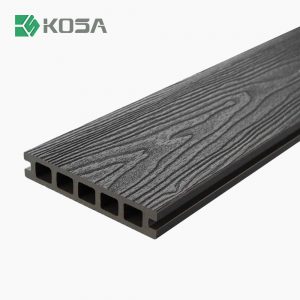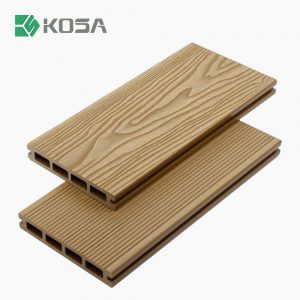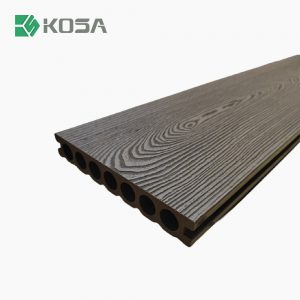The classification of wood plastic composite decking can be viewed from many angles.

First of all, according to the decking structure, it can be divided into solid wood plastic composite decking and hollow wood plastic composite decking. Solid wood plastic composite decking has higher strength, better load-bearing capacity, and stronger weather resistance. It is more suitable for outdoor use, especially in parks, promenades and other places with high flow of people. On the other hand, hollow wood plastic composite decking has strong plasticity and is more suitable for private gardens, terraces and other areas.

Secondly, according to the type of decking, it can be divided into non-extruded wood-plastic composite decking and second-generation extruded wood-plastic composite decking. Non-extruded wood plastic composite decking has a natural and full imitation wood grain texture, which is wear-resistant and durable. The second generation of extruded wood plastic composite decking adds a polymer protective layer on the basis of non-extruded wood plastic composite decking, making it have excellent waterproof, UV-proof, anti-fouling, mildew-proof, anti-bacterial and other properties.
In addition, from the perspective of material carriers, wood-plastic composite decking can also be divided into types of wood-plastic composite materials such as HDPE, PVC, PP, ABS, PS, and PLA.





